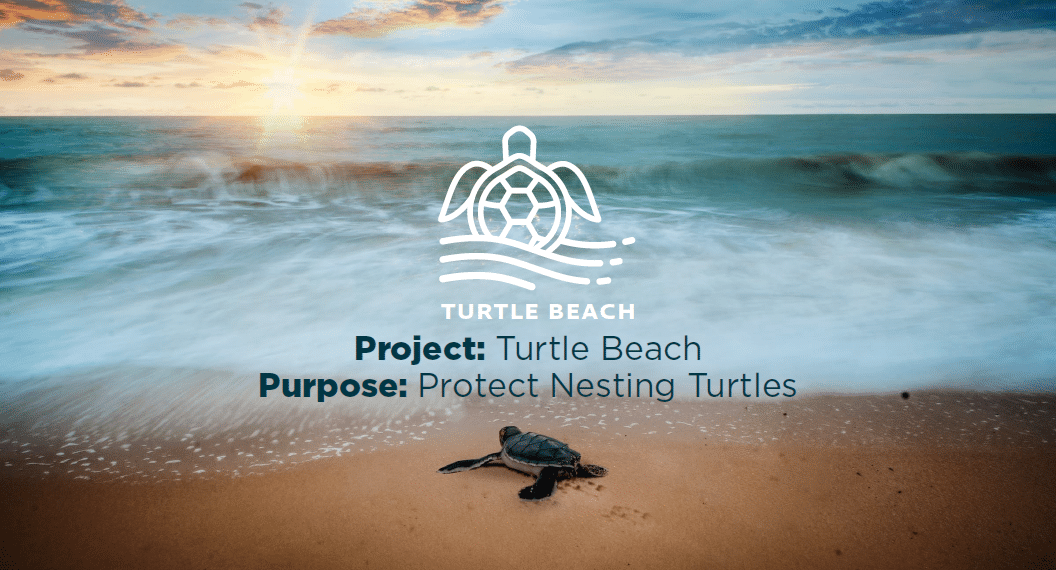In an extraordinary case of conservation, a Netwatch Channel Partner was chosen by Project Turtle Beach to monitor and protect endangered sea turtles on the Cayman Islands. The sea turtle’s future is threatened by human encroachment and poachers who not only steal the turtle eggs but also kill the mother turtle. The two combined have driven the sea turtle close to extinction.
Project Turtle Beach is led by a Caymanian now based in Miami, Mike Ridley. In May 2019, he began raising money to protect the sea turtles from a disastrous fate. Using crowdfunding, he managed to raise $16,500 surpassing his target of $15,000. The project attracted worldwide attention and was nominated for the Central Caribbean Marine Institute People’s Choice Awards. The award recognizes “exceptional contributors to local marine conservation efforts”.
The video below shows live footage of a turtle returning to the sea having laid her eggs.
Project Goal
The project uses advanced analytical technology to stop turtle poaching and assist the Cayman Islands Department of Environment monitor nesting activity. This will ensure more female breeding turtles return to the ocean and more baby turtles make it into the wild. Mr Ridley and his team chose Netwatch proactive video monitoring to protect and observe the sea turtles during their nesting season.
Proactive video monitoring was chosen because it combines intelligent video analytics software with human surveillance. A Netwatch Verification Specialist works 24/7 and reacts within seconds if a poacher is detected anywhere near the nesting site.
If a threat is identified, the matter is sent through to the Royal Cayman Islands Police Service who dispatch Enforcement Officers to the site. Netwatch continues to monitor the situation until the incident is completely resolved.
If Netwatch identifies nesting activity, the matter is sent to the Cayman Islands Department of Environment (DOE). This important information allows the DOE to collect data on sea turtle populations, nesting patterns, and survival rates. The video below shows Netwatch footage of a female turtle returning to the sea having laid her eggs.
Finding the Perfect Site
To find the ideal location to protect, Mr Ridley analyzed 20 years of nesting data accumulated by the Department of Environment. He brought his findings to sea turtle experts and together they chose “Turtle Beach” as the perfect nesting grounds.
This particular site was chosen because it has little to no development, very little light pollution, and a large amount of sand and vegetation. All of which provide the perfect place for sea turtles to nest.



